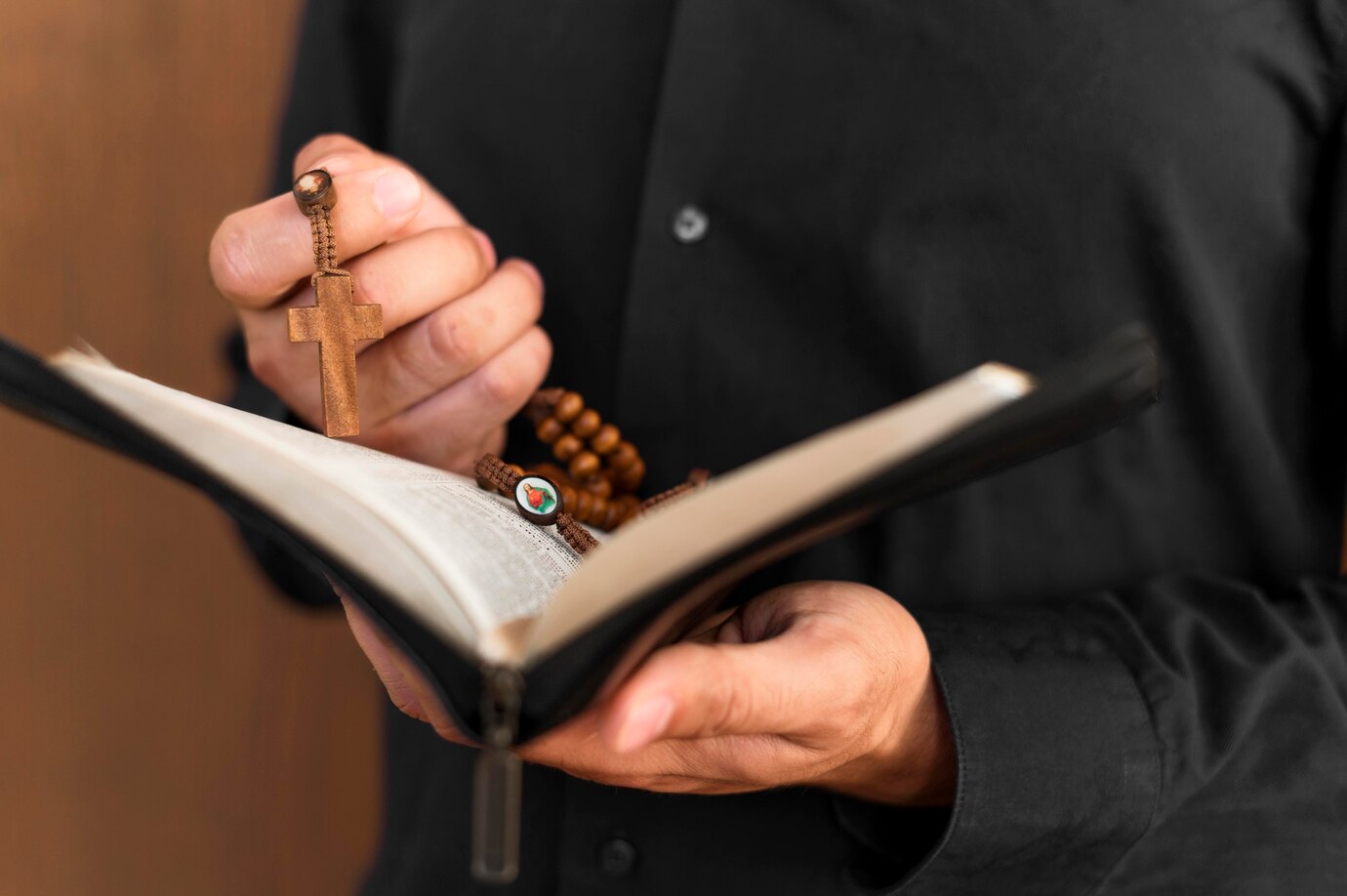End of Life Terms & Definitions in Judaism
This content is developed in partnership with Kavod v’Nichum.
Aninut: The status of one whose death lies before them, often used to describe the stage a mourner is in between the time of death and burial.
Aveilut: The status of being in mourning
Avel, Aveilim: Mourner, mourners
Beit HaChayim: Literally, house of life, often used as the term for the cemetery.
Bikkur Cholim: Visiting the sick
Chevrah Kadisha: The ‘holy society’ that undertakes the rituals of preparing (taharah) and guarding the deceased (shmirah), and, in some cases, is involved in comforting the dying as well as comforting the mourners
Chesed Shel Emet: Acts of true loving-kindness, performed with no expectation of repayment
Halacha: Jewish law
Halvayat Hamet: Accompanying the deceased; the custom of traveling at least a small distance towards the gravesite with the deceased as a sign of respect and honor
Hesped: A eulogy
Kaddish Yatom: Mourners’ Kaddish, said by mourners, this prayer for the dead does not mention death but rather affirms God’s presence in life. It is traditionally recited daily by mourners throughout the period of mourning.
Kavod HaMet: Honor or respect for the dead
K’riah: The tearing or rending of a garment or cloth to signify the rip in the fabric of life with the loss of the deceased
Kever: The grave
Levayah: To accompany, the word used for a Jewish funeral
Matzevah: A monument, often of stone, placed at the site of burial, most often within the first year of death, usually containing information that identifies the deceased
Meit, Meitah, Meiteh: The deceased person (male, female, non-binary)
Minhag: a Jewish custom
Minyan: The quorum (quora) of ten persons that are needed to make up a public group for ritual purposes, Typically, a minyan is required for the recitation of certain prayers. The group that assembles to permit a mourner to recite Kaddish is often called a Shiva Minyan.
Nichum: Comfort, comforting
Seu’dah havra’ah: The meal of consolation is a meal prepared for and provided to the mourners by the community following the funeral.
Sheloshim: Thirty, referring to the first thirty days following the funeral, including the time of the Shiva. This is the period of the most intense mourning, which then is understood to diminish slightly. After Shiva, the mourner(s) begin to re-integrate into the world around them, returning to work and leaving the home. During Sheloshim, the mourners also begin to pick up the customary tasks of life.
Shiva: Seven, meaning the seven days of intense mourning following the funeral and burial or final disposition. The mourners remain at home, and others come to visit them to offer comfort, and to provide opportunities for prayer.
Shmirah: The act of guarding and watching over the deceased from the time of death until burial or final disposition.
Shomer, Shomeret: A guard or guardian, one who sits with the body prior to the funeral (male, female) Shurot: Lines; refers to the lines formed at the cemetery to offer comfort to the mourners immediately at the conclusion of the funeral. The typical configuration is two lines facing each other, between which the mourners walk.
Taharah: Meaning “purification”, it is the ritual washing and dressing of the deceased’s body. Within this ritual is the taharah itself when three buckets of water are poured and the phrase T’hora hi (female), Tahor hu (male), T’horeh heh (non-binary)
Tachrichim: Burial garments in which the deceased is clothed, today often designed to replicate the clothing of the Kohen Gadol
Yahrtzeit: Yiddish for anniversary
If you have feedback, questions, or ideas for future articles or Information Hubs, please contact us. Your insights help us create valuable content.


